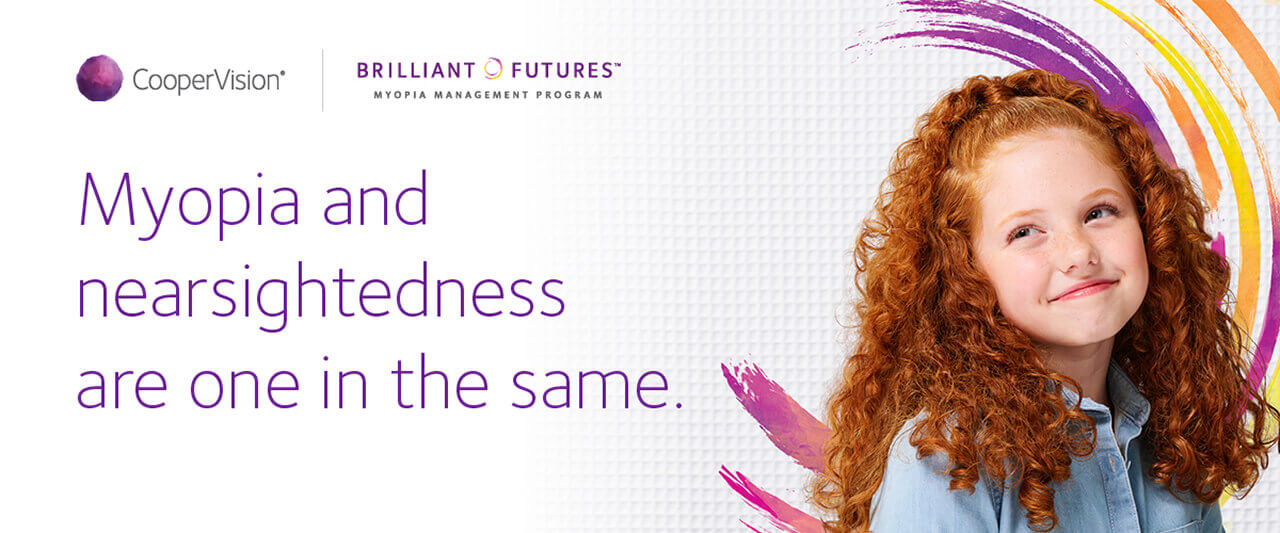(Coastal Vision is pleased to present this guest post by Dr. Elizabeth Yeu, surgeon at Virginia Eye Consultants. )
Our world today, in so many facets, has changed quite drastically. Access to each other, to caregivers and to daily necessities has become often less accessible. Consequently, I’ve received an increasing number of inquiries regarding vision correction surgery because access to refractive eye care has become more limited.
What is LASIK?
LASIK, or laser-assisted in situ keratomileusis, is the most common corneal laser eye surgery performed since the late 1990s. The “cornea” is the clear covering that is centrally located in the front of the eye, likened to a clear window into the eye. This is where soft contact and rigid gas permeable lenses are placed over the cornea. Glasses and contact lenses help to bend light to focus towards a single point on the very center of the back of the eye, and treat prescription error like myopia (nearsightedness), hyperopia (farsightedness) and astigmatism. LASIK essentially replaces your need for prescription glasses or contact lenses by using a laser to accurately correct the prescription error of the eye.
Am I a LASIK candidate?

Dr. Elizabeth Yeu, surgeon at Virginia Eye Consultants
Determining candidacy for LASIK, or any form of refractive surgery, requires a diligent exam in the office. There are various considerations that I look at, including age, profession and hobbies, corneal imaging and central corneal thickness, stability of the patient’s prescription error, clinical examination and the level of the prescription error. FDA approval for LASIK is 21 years of age or older. The level of the prescription error and its stability are extremely important. There should be very little change to the prescription error for at least two years. Patients often wonder why I inquire about their hobbies and profession, but this can be an important consideration. In particular, for patients who are police officers or practice martial arts, I may recommend a different form of refractive surgery than LASIK. During the in-person evaluation, we perform various tests on the cornea, check for tear production and examine your eye under a microscope. For certain patients, I may order corneal genetic testing to ensure that the patient will have long-lasting, successful vision outcomes after LASIK.
Besides LASIK, what else is there?
There are other forms of surgical vision correction options, including PRK (photorefractive keratectomy) and SMILE (small incision lenticule extraction) and the ICL procedure (intraocular collamer lens). Depending on the patient, some eyes may only qualify from certain procedures. PRK is the oldest available form of laser vision correction and has been FDA-approved since 1995. PRK uses the same corneal laser as LASIK for the vision correction, while the main difference from LASIK is where the laser is applied on the cornea. The SMILE procedure is the youngest of the vision correction procedures, achieving FDA-approval in 2016. With SMILE, a laser is used to accurately create a disc of tissue that is removed from the cornea to correct vision. Lastly, some patients are best served with the ICL procedure, which implants an artificial lens inside of the eye, likened to a permanent contact lens that surgically corrects the vision without disturbing the cornea at all.
As our world opens back up, we need to feel that we can safely navigate our daily lives, and also manage the economics of living costs. Having visual independence, without continual reliance on glasses and/or contact lenses, may become a higher priority for you. LASIK, and other refractive procedures, can provide security in your visual freedom, and thus may offer some peace of mind.
Virginia Eye Consultants


